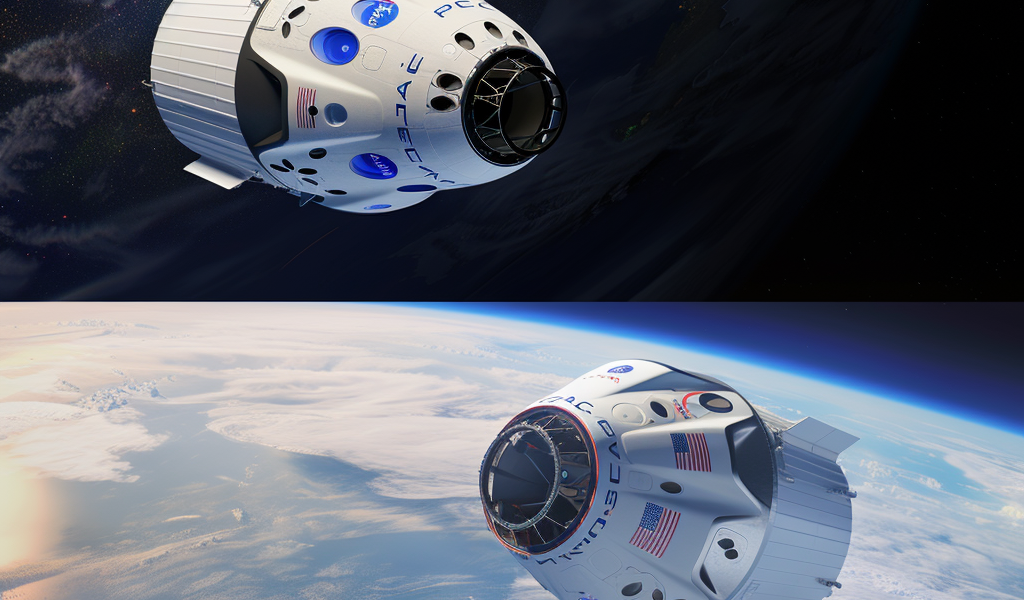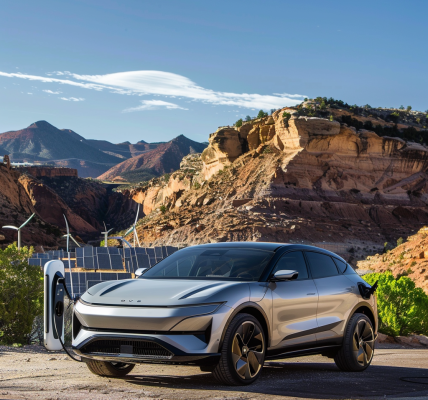Boeing, a longstanding leader in human spaceflight, faced a significant setback as it lost the commercial crew space race to SpaceX. The competition, which began a decade ago, ended with SpaceX’s Dragon spacecraft outperforming Boeing’s Starliner in both missions and efficiency.
Back in the day, NASA’s senior leaders gathered to select a replacement vehicle for the retired Space Shuttle. Boeing was initially the favorite, securing a $4.2 billion contract to develop a crew capsule, while SpaceX received $2.6 billion. Despite Boeing’s strong lobbying efforts, SpaceX emerged as a formidable competitor.
Fast forward to the present, SpaceX’s Dragon has successfully completed numerous missions to the International Space Station, while Boeing’s Starliner faced delays and cost overruns. Boeing’s struggles have led to significant financial losses, with charges totaling $1.5 billion due to spacecraft development issues.
Interviews with current and former Boeing employees shed light on the company’s challenges. Structural inefficiencies, delays, and technical issues plagued Starliner’s development, causing Boeing to fall behind SpaceX in the commercial crew race.
As Boeing prepares for Starliner’s upcoming crewed launch, the company faces the consequences of its setbacks. Despite its historical prominence in human spaceflight, Boeing’s defeat in the commercial crew competition highlights the importance of innovation and efficiency in the evolving space industry.





